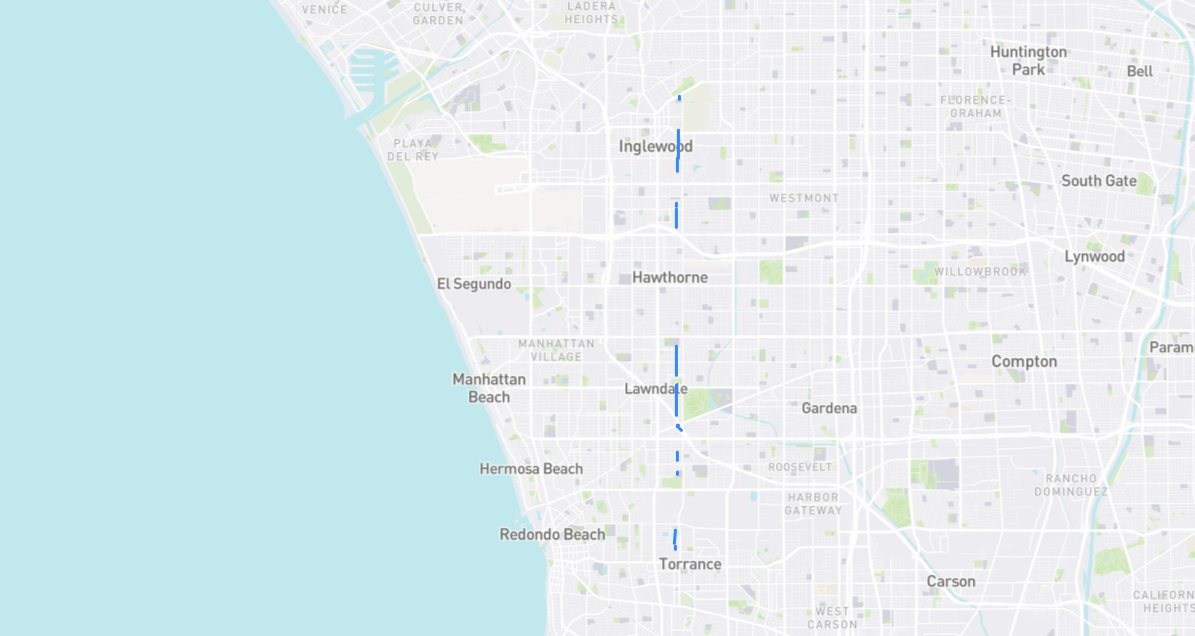The Osage are a Native American tribe centered in Oklahoma. But while their name has been borrowed by communities across the U.S., Osage Avenue, laid out in 1887 on the Inglewood townsite, was much more likely inspired by the Osage orange, since most of the city’s oldest streets (Arbor Vitae, et al) share a botanical theme. Old maps also show that this was the “O” in an alphabetical series: Larch Street, Myrtle Avenue, Nightshade Avenue (now Flower Street), Osage Avenue, and Prairie Avenue. In the 19th century, Osage orange shrubs and trees – despite its name, it’s not a citrus but a member of the mulberry family – were mostly planted by ranchers as thick, thorny hedges. (Some still know its alien-like fruit as “hedge apples”.) Its durable wood also proved useful in wagon wheels and fenceposts. There was even a period in the late 1800s when certain enterprising Angelenos were trying to make it rich as silkworm farmers and the foliage of the Osage orange provided food for the larvae.
Find it on the map:

